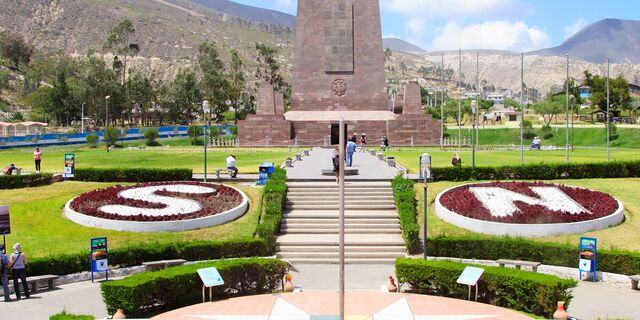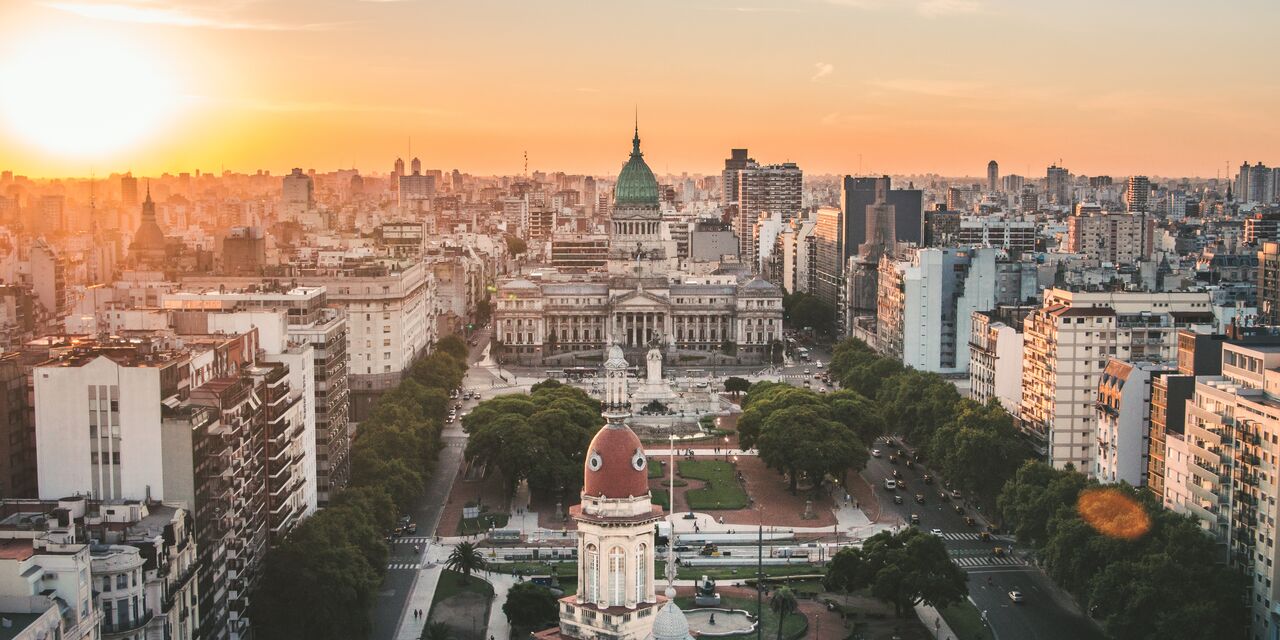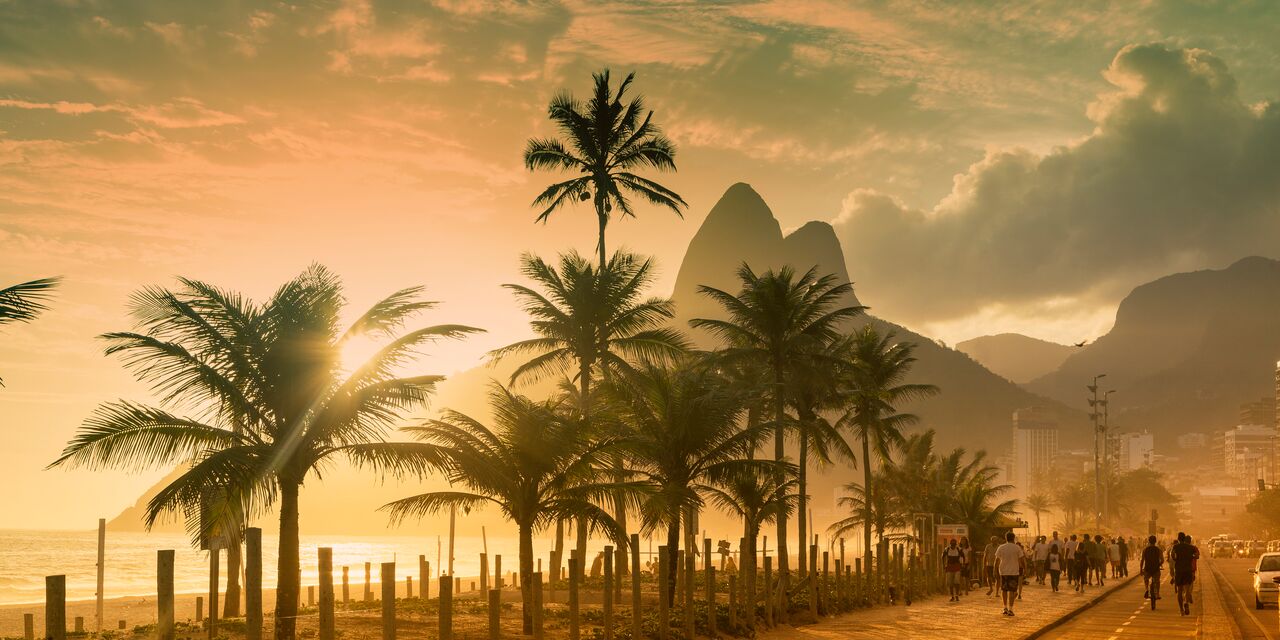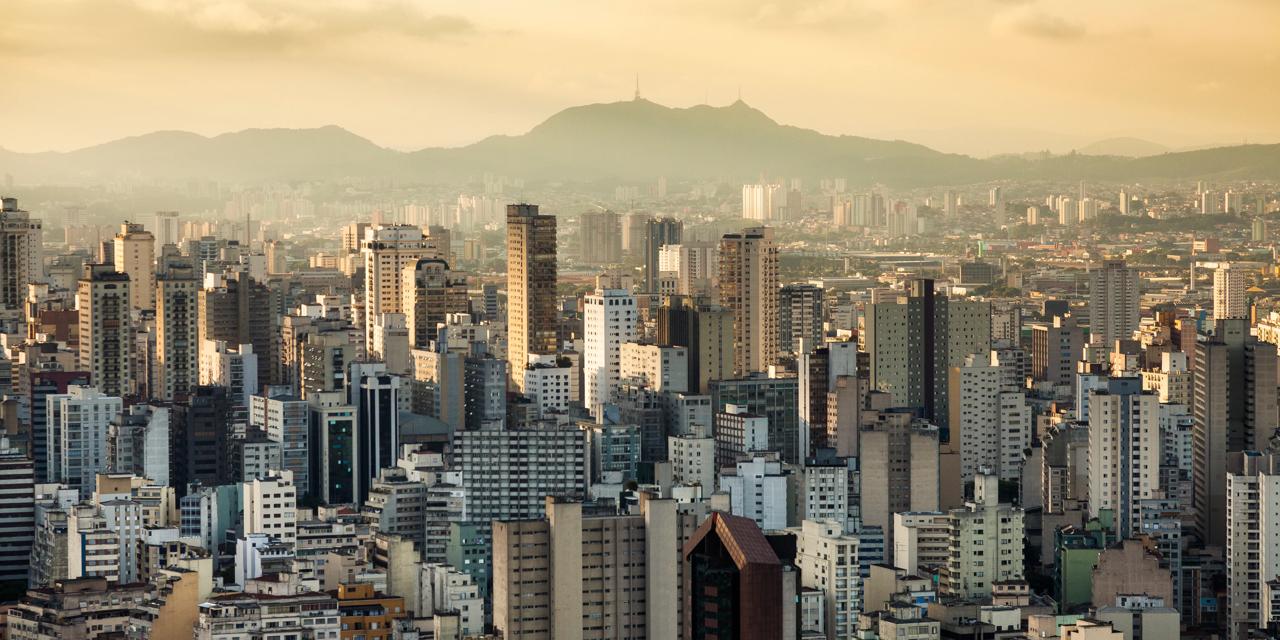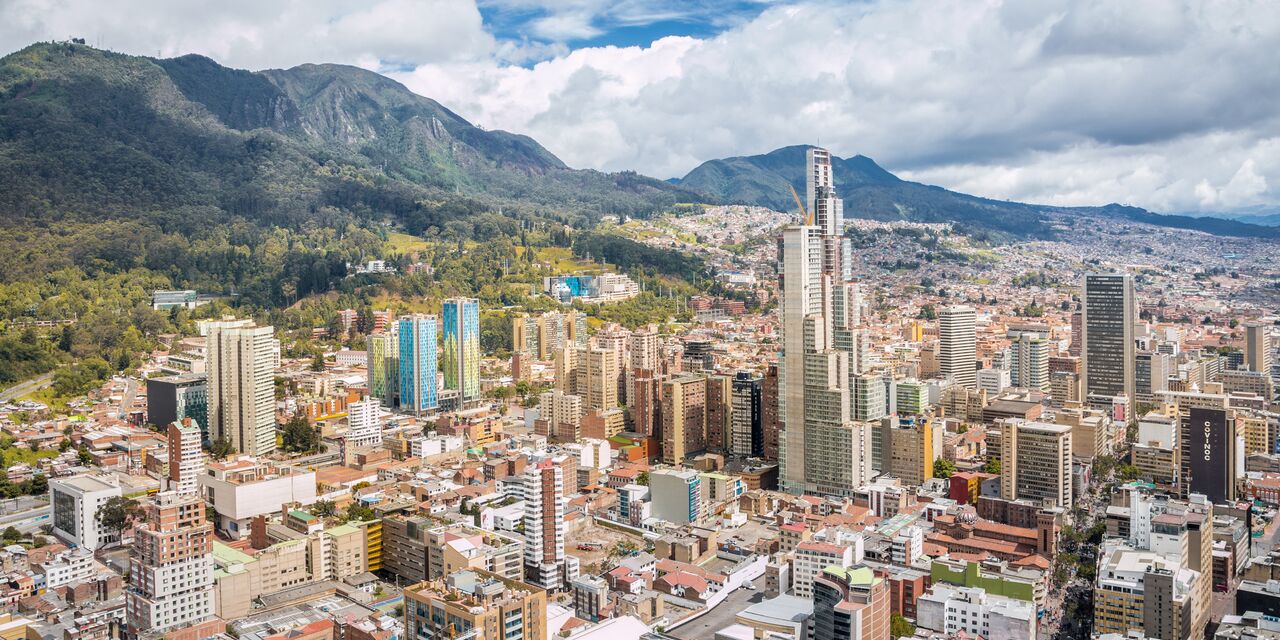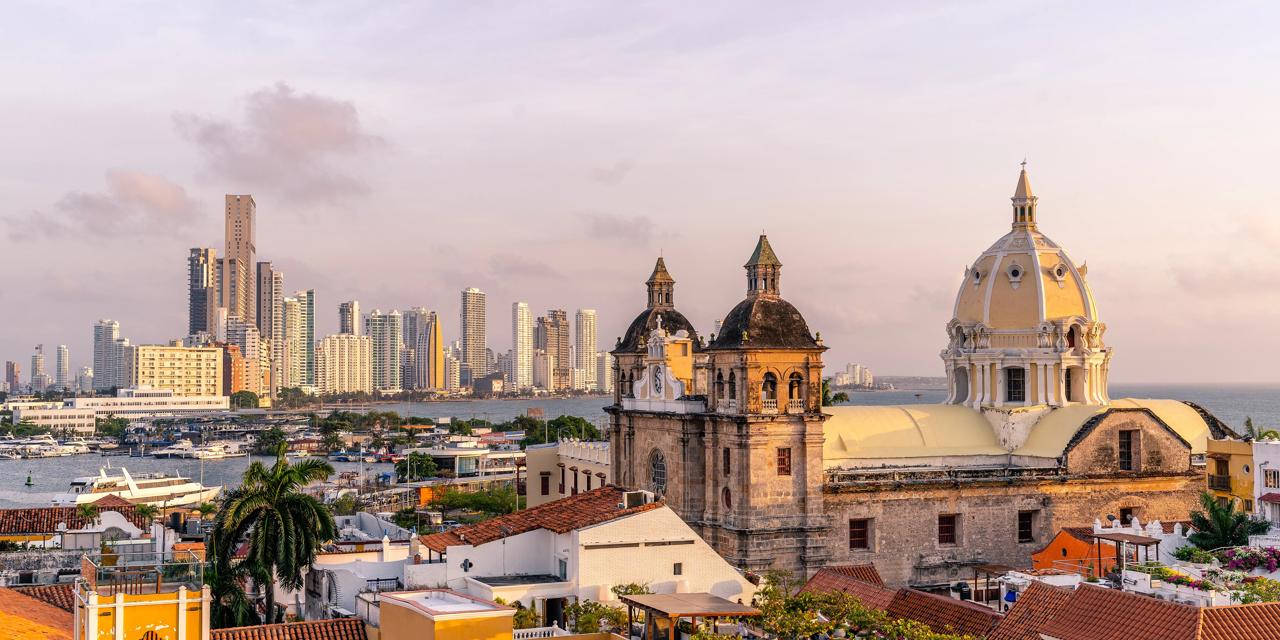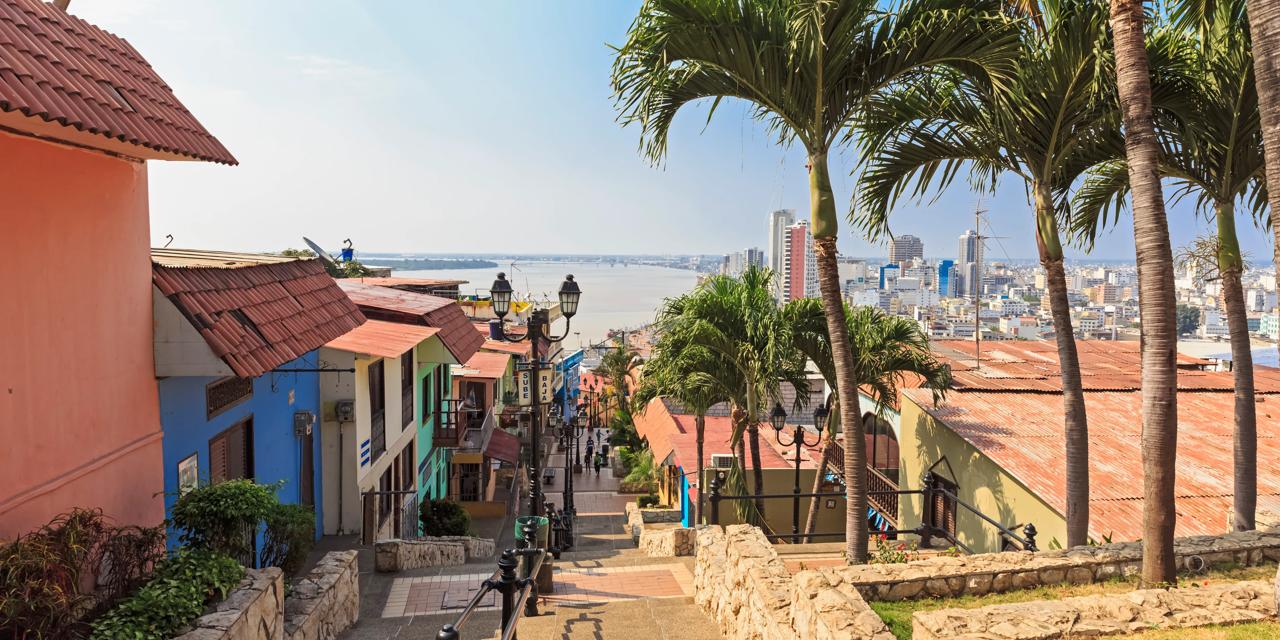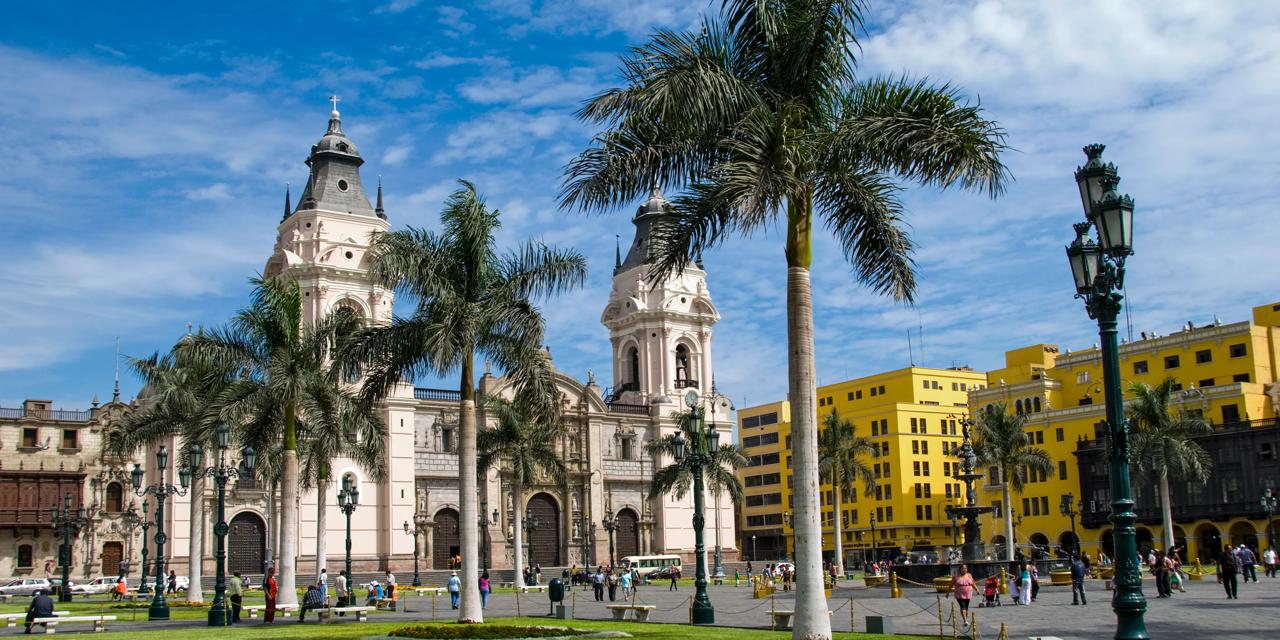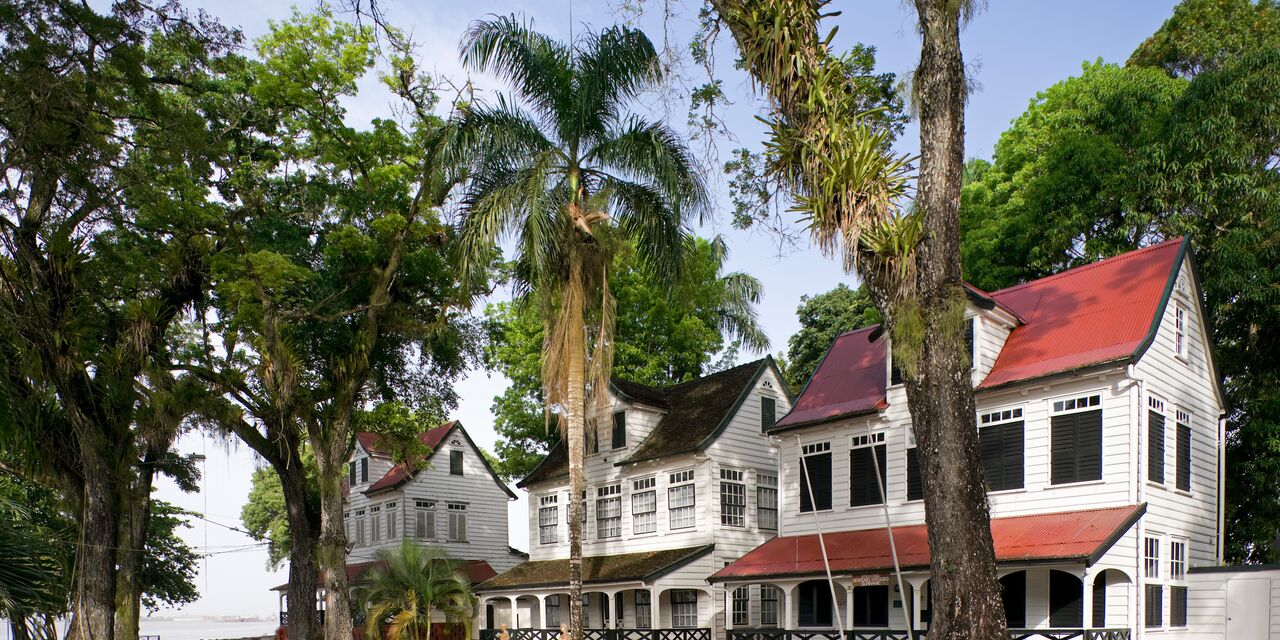A jewel of a historic city centre
The Ecuadorian capital Quito boasts the best preserved historic centre in Latin America. Since the city emerged between the peaks of the Andes in the 16th century, it has seen its fair share of earthquakes. Despite this, the centre still counts more than 130 historical buildings which are spread out over 300 city blocks - a wonderful and fascinating place to explore.
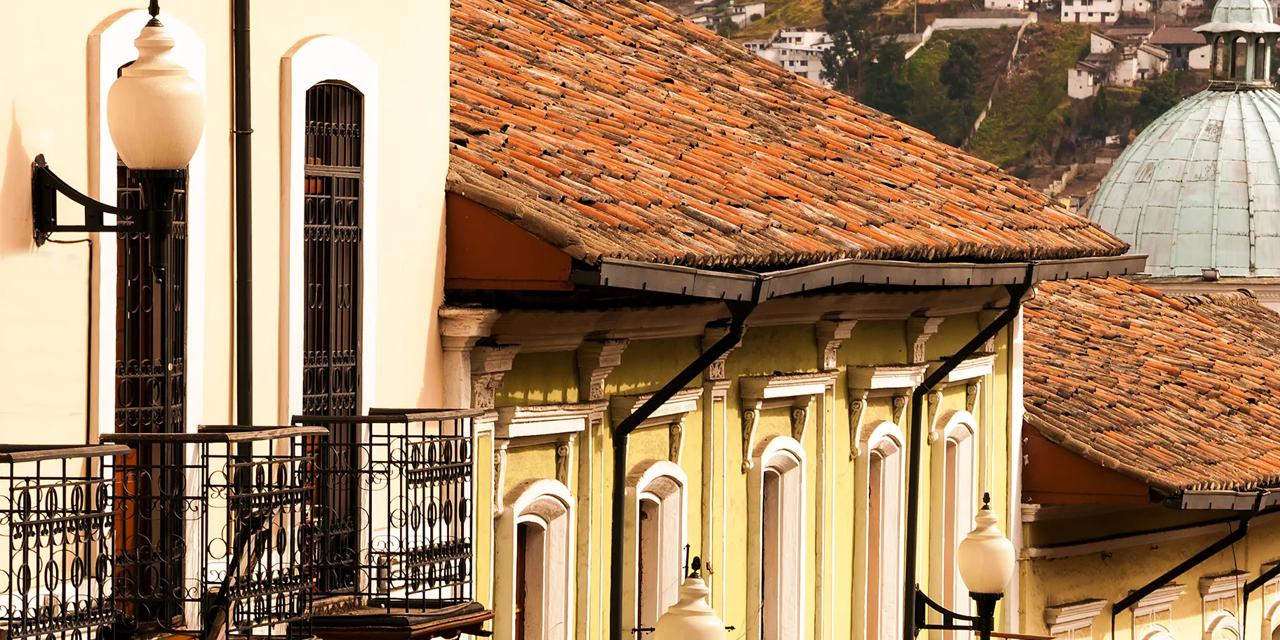
The most artistic street
La Ronda, Quito's famous artistic street, became a gathering place for writers, artists and musicians in the 1930s. Today, this is a great place to browse for all kinds of crafts including items made of tin or silver, and hats crafted from toquilla, a local type of straw. Everything is made right here. At night, street musicians take over and locals flock to the many bars and restaurants.
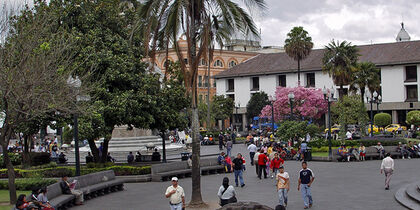
Quito’s main square
The Plaza de la Independencia is the heart of the old city where since the 16th century many important historic events have taken place. The square is framed by important buildings, such as the Palacio de Gobierno (the Presidential Palace), the Cathedral and the Town Hall. Nearby is the Pasaje Espejo, a pleasant pedestrian-only street lined with many restaurants and the Teatro Bolívar – named after Simón Bolívar, the man who fought for the country’s independence.
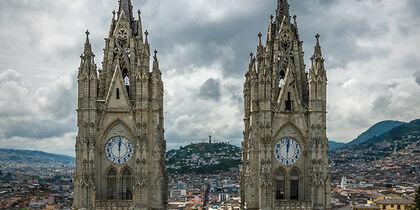
The best view
You can’t miss the enormous 375-feet-high Basílica del Voto Nacional and that's a good thing. This neo-Gothic church building features some very special elements that are not usually seen outside of Ecuador: gargoyles in the form of iguanas, monkeys, armadillos and turtles from the Galapagos Archipelago. It is worth climbing up to the observation deck for a closer look. You will also be rewarded with a panoramic view of the old city and the surrounding area.
Discover other destinations in South America
*The displayed prices are for one adult. All amounts are in USD. Taxes and surcharges are included. No booking fee is applicable. Prices shown may vary depending on fare availability.
The weather forecast information is provided by World Weather Online. Air France-KLM is not responsible for the reliability of this data.

